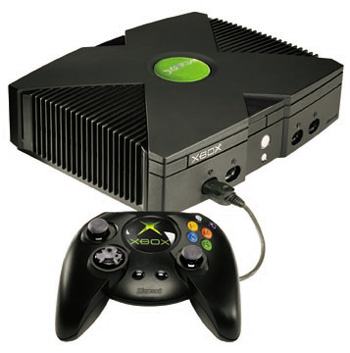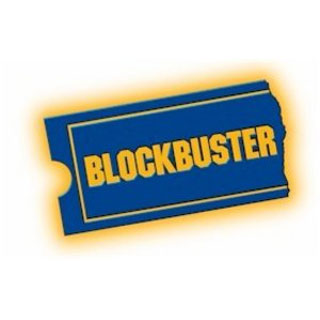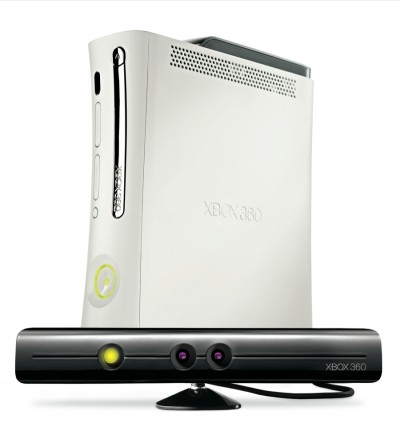 After reading about Atomic Web for the iPad a few days ago on Gizmodo, I surrendered $1 to the App Store and gave it a try. Now, I’ve happily banished Safari to the farthest reaches of my home screen, as this browser alternative looks and feels like Safari but with better features.
After reading about Atomic Web for the iPad a few days ago on Gizmodo, I surrendered $1 to the App Store and gave it a try. Now, I’ve happily banished Safari to the farthest reaches of my home screen, as this browser alternative looks and feels like Safari but with better features.
Atomic Web’s main lure is tabbed browsing. On the iPhone, I never had much use for tabs, because I don’t frequently read on the small screen, and therefore don’t get into the routine of opening background windows while scanning for interesting articles. On the iPad’s big screen, bouncing between pages is essential.
Atomic Web handles tabs like a desktop browser, displaying them directly underneath the address bar. When you press and hold on a link, a contextual menu allows you to open the page in a foreground or background tab. Switching between tabs is instantaneous — a huge relief given that Safari sometimes has to reload pages if you stray for too long.
Tabbed browsing isn’t Atomic Web’s only advantage. There’s also full screen browsing, find in page, multi-touch shortcuts (two-finger swipes with customizable actions), support for a couple dozen search tools, private mode, an ad blocker and customizable colors. It also comes with some cool bookmarklets — special functions that masquerade as bookmarks — including quick access to Google Translate.
I only have one complaint with Atomic Web: When you quit the browser, it has to reload all your pages again next time you start up, even if you set the browser to preserve all open tabs after quitting.
My other gripe with the browser isn’t Atomic Web’s fault, and speaks to a larger issue with the iPad: You can’t set Atomic Web or any other alternative browser as your default. Safari is part of the OS’s core, so you can’t make Web apps open in Atomic Web from the home screen, and other programs, such as TweetDeck, automatically launch Safari when you want to view something in a proper browser. The best you can do is install a bookmarklet in Safari that jumps to Atomic Web with your current Web page, but it’s one extra step.
That those drawbacks haven’t deterred me from forgetting Safari exists is a testament to how much Atomic Web deserves its $1 asking price.









